Direct-To-Film vs Heat Transfer Vinyl: Unveiling Print Quality Secrets
Direct-to-film (DTF) transfers and heat transfer vinyl (HTV) are printing technologies with distinct…….
In an era dominated by digital technology, the debate between digital formats (DTF) and physical media, particularly vinyl records, continues to spark passion among music enthusiasts, collectors, and industry professionals. This article delves into the intricate world of DTF vs vinyl, exploring its historical roots, global impact, economic implications, technological innovations, regulatory frameworks, and the challenges it faces. By analyzing these facets, we aim to provide a comprehensive understanding of this ever-evolving dynamic and its influence on the entertainment industry.
Digital vs Physical: The core comparison revolves around the choice between digital formats (such as MP3s, streaming services, and online music platforms) and physical media like vinyl records, compact discs (CDs), and cassettes. This debate has been a constant in the music industry since the advent of digital audio.
Historical Background: The journey began when digital audio compression techniques, most notably MP3, gained popularity in the late 1990s. Simultaneously, vinyl records experienced a resurgence in the early 2000s, fueled by a nostalgic appreciation for analog sound and limited-edition releases. This contrast between digital convenience and physical authenticity has shaped the ongoing discussion.
Significance: Understanding this dynamic is crucial as it influences consumer choices, industry revenue streams, and artistic expression. It also reflects broader cultural shifts in how we access and interact with media, impacting not just music but various forms of entertainment.
The DTF vs vinyl debate transcends geographical boundaries, with distinct patterns emerging across regions:
North America and Europe: These regions have witnessed a significant shift towards digital streaming services, with companies like Spotify, Apple Music, and Amazon Music dominating the market. However, vinyl sales remain robust, especially in urban centers known for their thriving music scenes.
Asia: The situation varies across Asian countries. In Japan, for instance, vinyl sales have been steadily increasing, driven by a strong collector’s market and a cultural appreciation for analog sound. South Korea, too, has seen a rise in vinyl popularity, with independent labels contributing to the trend.
Latin America and Africa: These regions often exhibit higher rates of physical media consumption due to accessibility and cost considerations. While digital streaming is growing, vinyl records remain relatively niche but dedicated fanbases.
Digital Dominance: The global music streaming market size reached an estimated $14.2 billion in 2021, with major platforms continuously expanding their catalogs and user bases. This digital revolution has significantly impacted physical media sales.
Vinyl Resurgence: Despite the digital trend, vinyl records have experienced a resurgence, with global shipments reaching over 12 million units in 2020. This revival is driven by audiophiles, collectors, and artists offering limited-edition releases.
Digital Investments: Major tech companies heavily invest in streaming platforms, content acquisition, and user experience enhancement, shaping the digital music landscape.
Vinyl Niche Market: Vinyl sales are supported by independent record stores, collector communities, and artists embracing vinyl as a unique marketing tool, fostering a dedicated niche market.
Audio Compression: MP3s and other compression formats remain a point of contention in the DTF debate. Advances in compression algorithms continue to improve file sizes while preserving audio quality, addressing concerns about digital music’s perceived inferiority.
Streaming Technology: High-fidelity streaming services like Hi-Res Audio and 3D Audio offer superior sound experiences, bridging the gap between digital convenience and analog fidelity.
Vinyl Innovation: Vinyl manufacturing has seen improvements in materials and production techniques, allowing for higher-quality pressings, enhanced durability, and unique visual effects.
Copyright and Digital Rights Management (DRM): Digital music distribution is heavily regulated by copyright laws and DRM policies, ensuring artists’ rights but also raising concerns about user privacy and data security.
Vinyl Taxation: Some countries impose specific taxes on vinyl records due to their physical nature, impacting the pricing and accessibility of these products.
Online Platform Governance: Streaming services face regulatory scrutiny regarding content moderation, fair compensation for artists, and data handling practices, shaping the legal environment for DTF media.
Data Privacy Concerns: The collection and use of user data by streaming platforms have sparked privacy debates, with some consumers preferring physical media to avoid such issues.
Accessibility and Cost: While digital music is readily accessible, some regions lack reliable internet connections, making streaming challenging. Additionally, the cost of high-fidelity audio equipment can limit the enjoyment of digital music for budget-conscious consumers.
Environmental Impact: Vinyl production contributes to carbon emissions and resource depletion, raising environmental concerns that are prompting some manufacturers to adopt more sustainable practices.
Storage and Durability: Vinyl records require proper storage to prevent damage, and their physical nature makes them prone to loss or degradation over time, unlike digital files.
Hybrid Models: Some artists and labels are adopting hybrid strategies, offering both digital and physical formats simultaneously, catering to diverse consumer preferences.
Sustainable Vinyl: Eco-friendly vinyl alternatives made from biodegradable materials are being explored, addressing environmental concerns.
Community Engagement: Independent record stores and music communities play a vital role in shaping local music scenes, promoting a sense of belonging that digital platforms struggle to replicate.
The DTF vs vinyl debate is an ongoing evolution reflecting the complex interplay between technology, culture, and consumer behavior. As technology advances and societal preferences shift, this dynamic will continue to shape the entertainment industry. Embracing both formats’ strengths while addressing their weaknesses may be the key to fostering a sustainable and thriving music ecosystem.
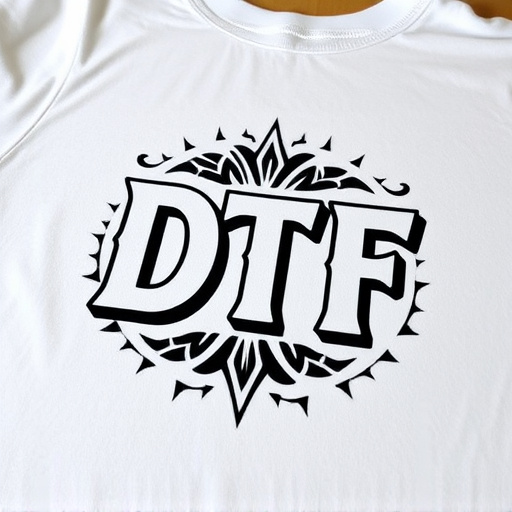
Direct-to-film (DTF) transfers and heat transfer vinyl (HTV) are printing technologies with distinct…….

Direct-to-film (DTF) transfers and heat transfer vinyl (HTV) are revolutionizing printing with their…….
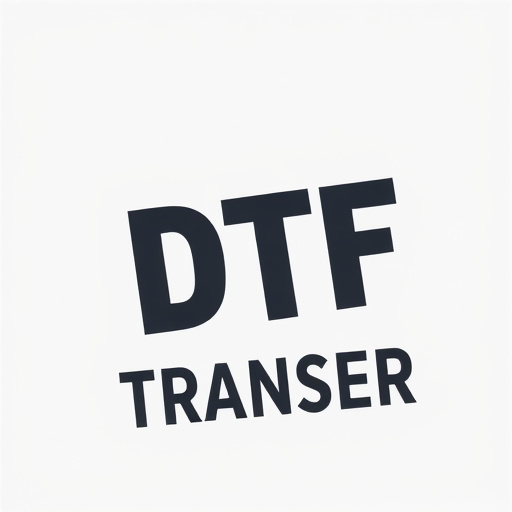
Direct-To-Film (DTF) printing is a revolutionary game-changer in custom design production, offering…….
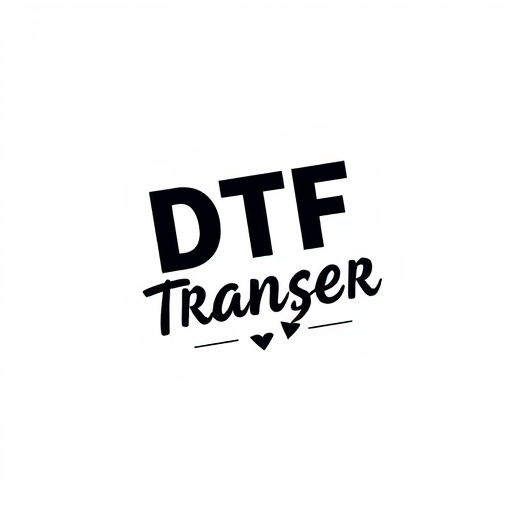
Direct-to-Film (DTF) technology is transforming printing by directly applying intricate graphics to…….
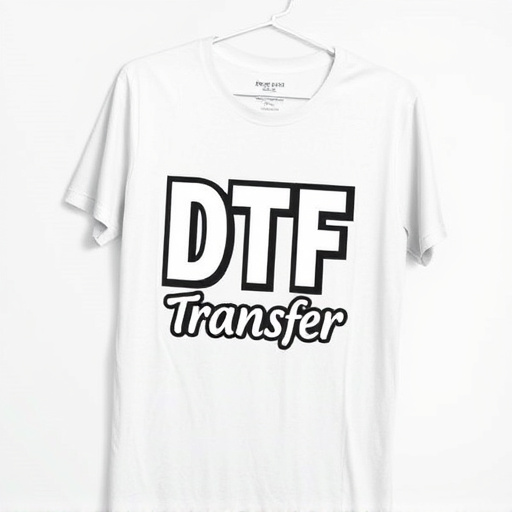
Direct-to-Film (DTF) transfers revolutionize textile printing with precise, vibrant prints on divers…….

Direct-to-Film (DTF) technology offers superior printing quality and speed, directly transferring de…….
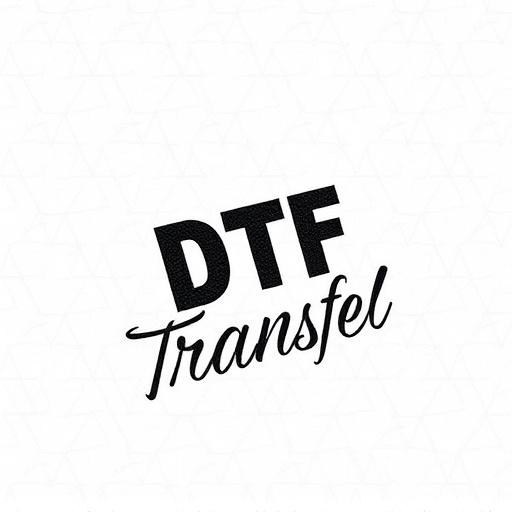
Direct-to-film (DTF) transfers and heat transfer vinyl (HTV) are two methods for enhancing surfaces…….
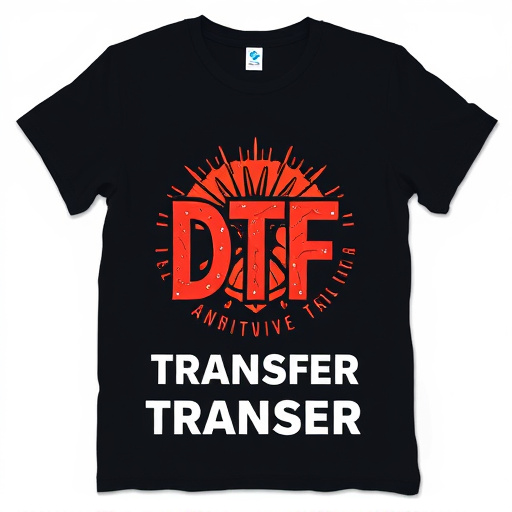
DTF Prints and Heat Transfer Vinyl (HTV) are cutting-edge printing technologies transforming custom…….
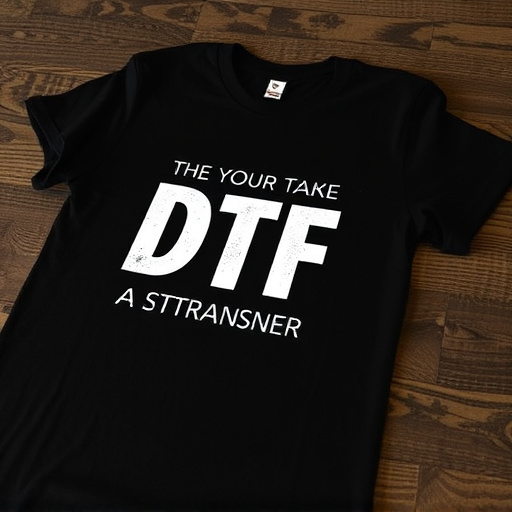
Direct-to-film (DTF) technology and heat transfer vinyl (HTV) offer contrasting but powerful printin…….

Direct-to-film (DTF) printing and heat transfer vinyl (HTV) are innovative custom design methods. DT…….